Haunted reflections: Larry Bell’s experimental work on show at White Cube Mason’s Yard
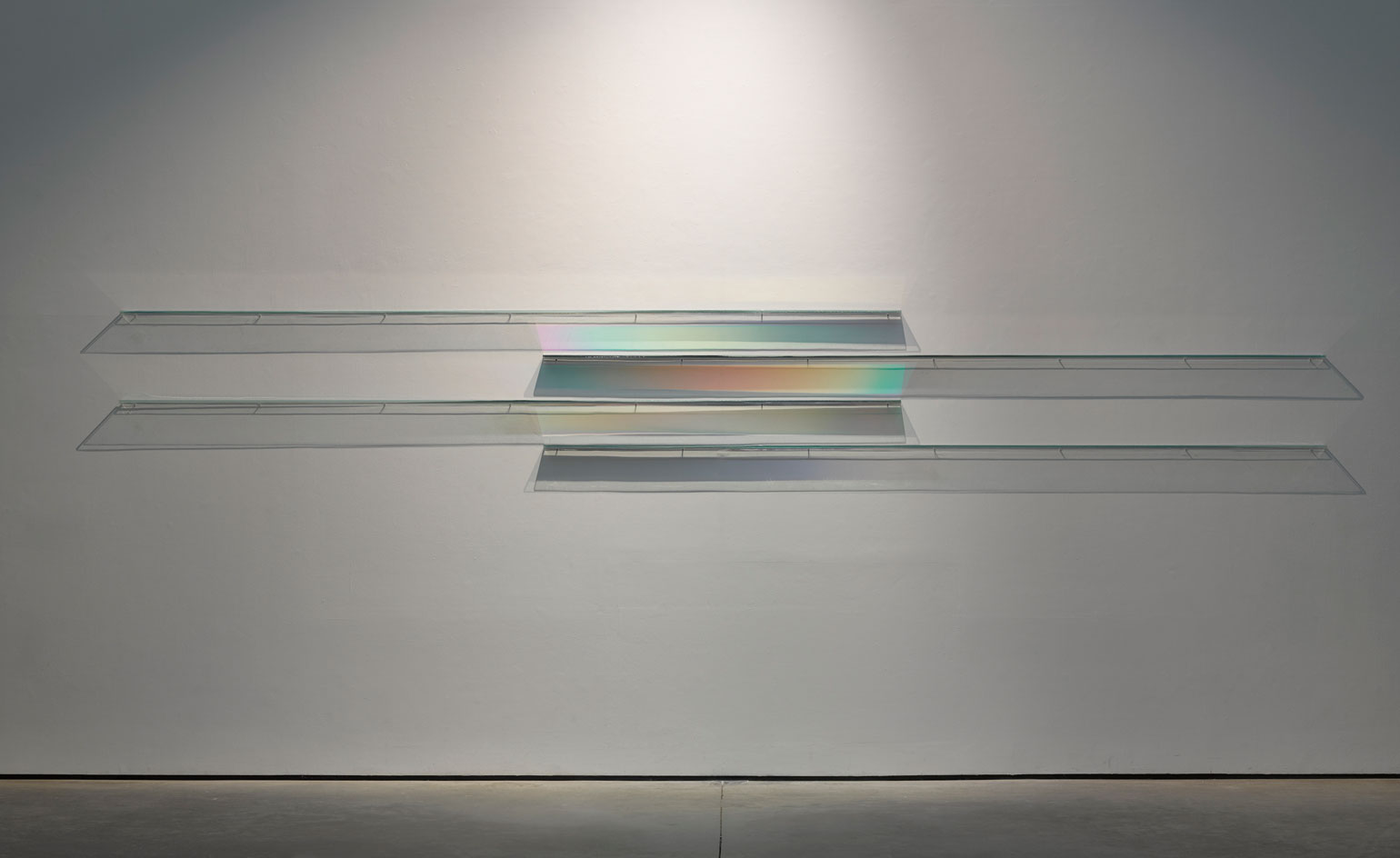
Larry Bell has been exploring the aesthetics of light and surface for over five decades. In that time, the New Mexico-based artist, who is now 75, has produced a masterful body work comprising sculpture, installations and collages that harness light with serene and haunting effect. A new exhibition, '2D-3D: Glass & Vapor' at White Cube Mason’s Yard, shows several stages of this oeuvre as well as new works.
The distinctive shimmering texture of Bell's work stems from his discovery in the 1960s of a process called 'thin film deposition', whereby surfaces are coated with metal alloys in a vacuum chamber. This method alters the way light is reflected or allowed to pass through sheets of glass or plastic, creating illusions of depth and colourful mists that expand into the gallery space.
Bell places experimentation and discovery at the center of his practice. 'Control', he says, 'is a state of mind, not a physical reality. To me everything is experimental in the studio and that is how the work grows.' Bell is drawn to the medium of light by its spontaneity, observing that 'light is free... in one way or another it is like time, it is everywhere at once'.
At the White Cube show, one can see the evolution of Bell's work from minimalist structures into arrangements of six-foot glass panels, whose exchanges of light occupy an entire room. There are also dazzling two-dimensional Vapor Drawings, as well as his new Light Knot sculptures – curving ribbons of polyester film, suspended like figures frozen mid-dance.
With many younger artists interested in the possibilities of light, Bell's work currently seems more relevant than ever. He is inspired by Sasha Vom Dorp and Marc Fichou, artists who have, he says, 'taken a serious step into the unknown, and brought out a sample of the unknown for me to see'.
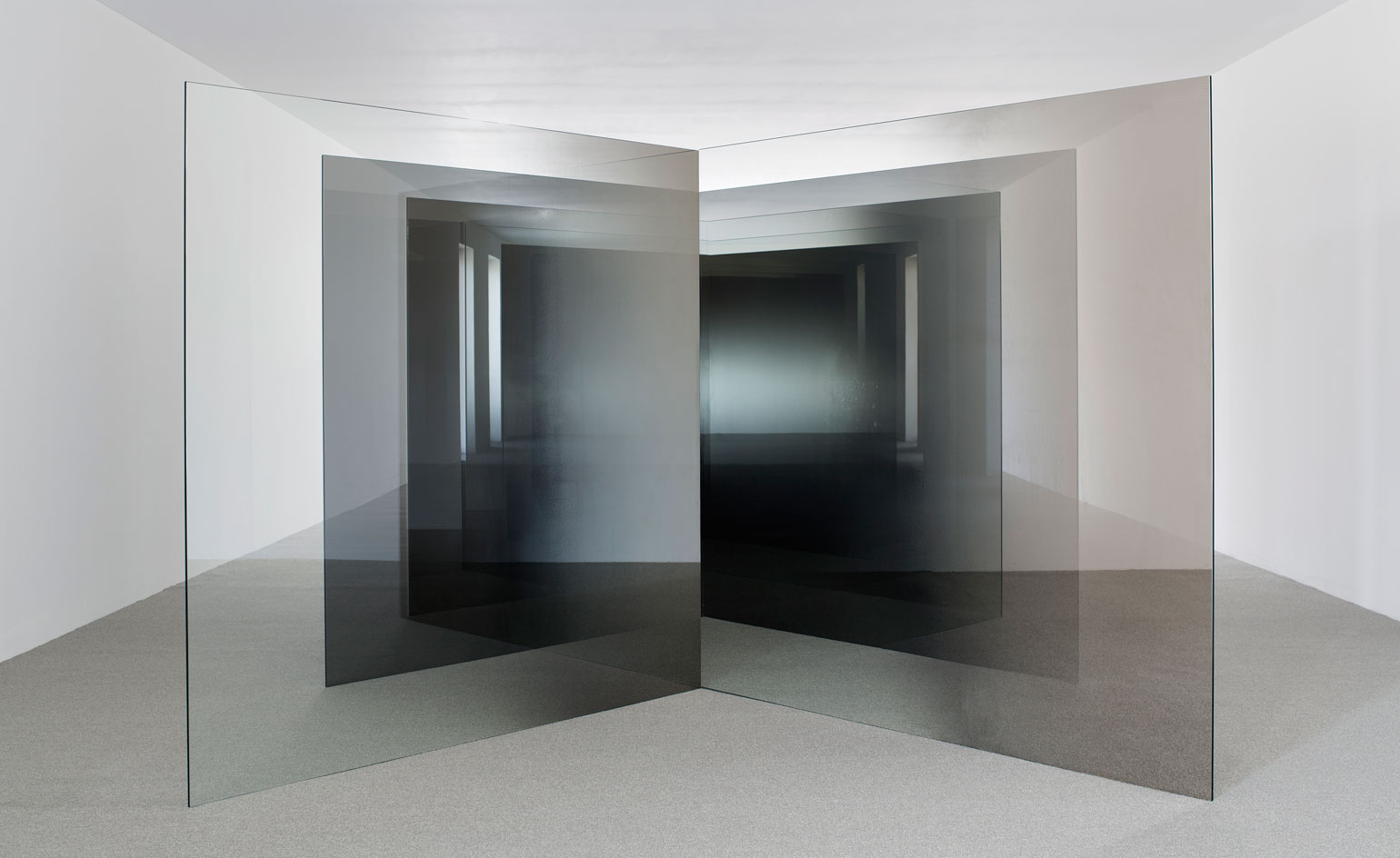
Bell's work stems from his discovery in the 1960s of a process called 'thin film deposition', whereby surfaces are coated with metal alloys in a vacuum chamber. This method alters the way light is reflected or allowed to pass through sheets of glass or plastic. Pictured: 6x6 An Improvisation, 1989–2014.
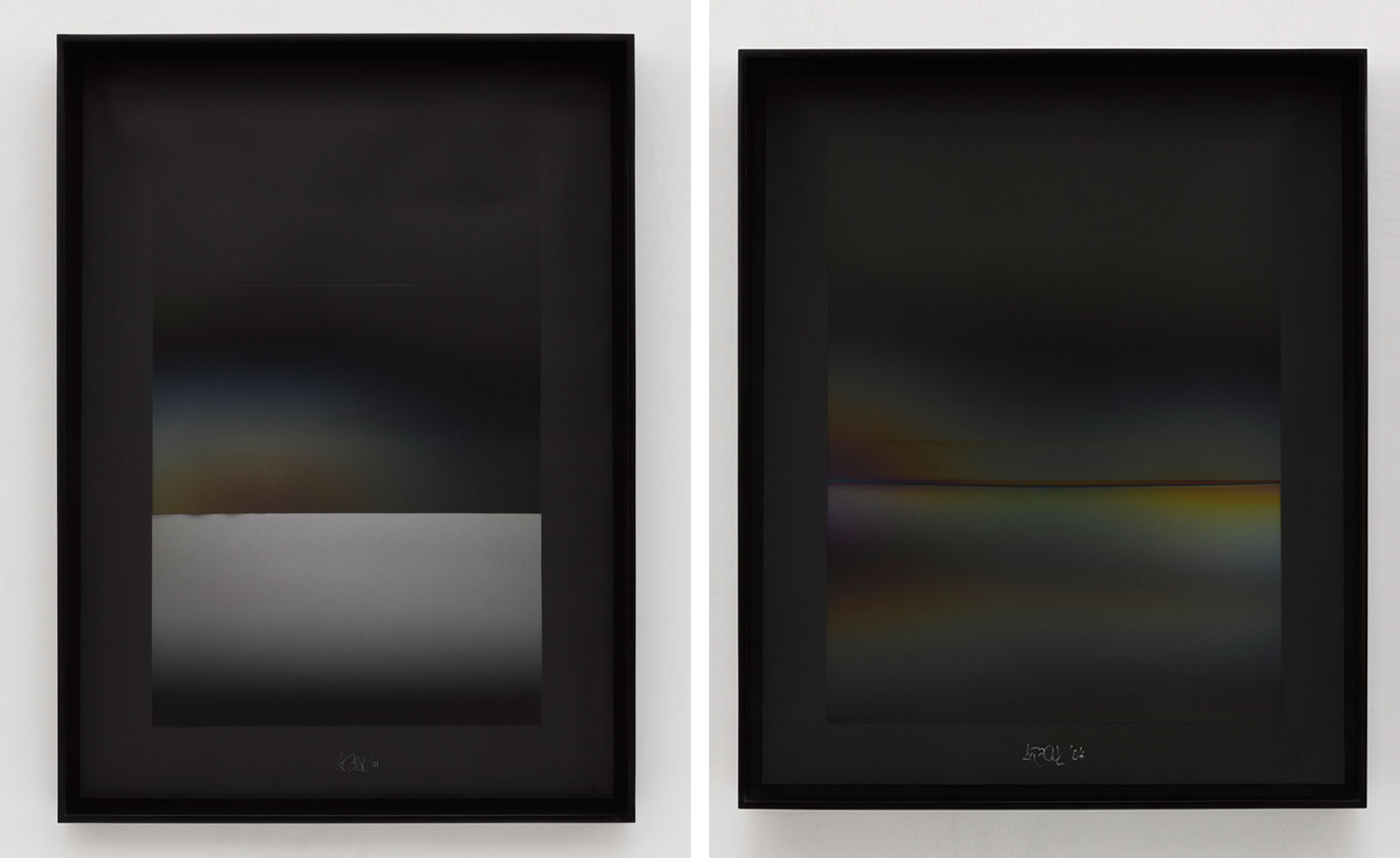
The exhibition displays the evolution of Bell’s work from minimalist structures into arrangements of six-foot glass panels, whose exchanges of light occupy an entire room. Pictured left: NVD#23, 2004. Pictured right: NVD#28, 2004.
ADDRESS
White Cube Mason's Yard
25-26 Mason's Yard
London, SW1Y 6BU
Receive our daily digest of inspiration, escapism and design stories from around the world direct to your inbox.
-
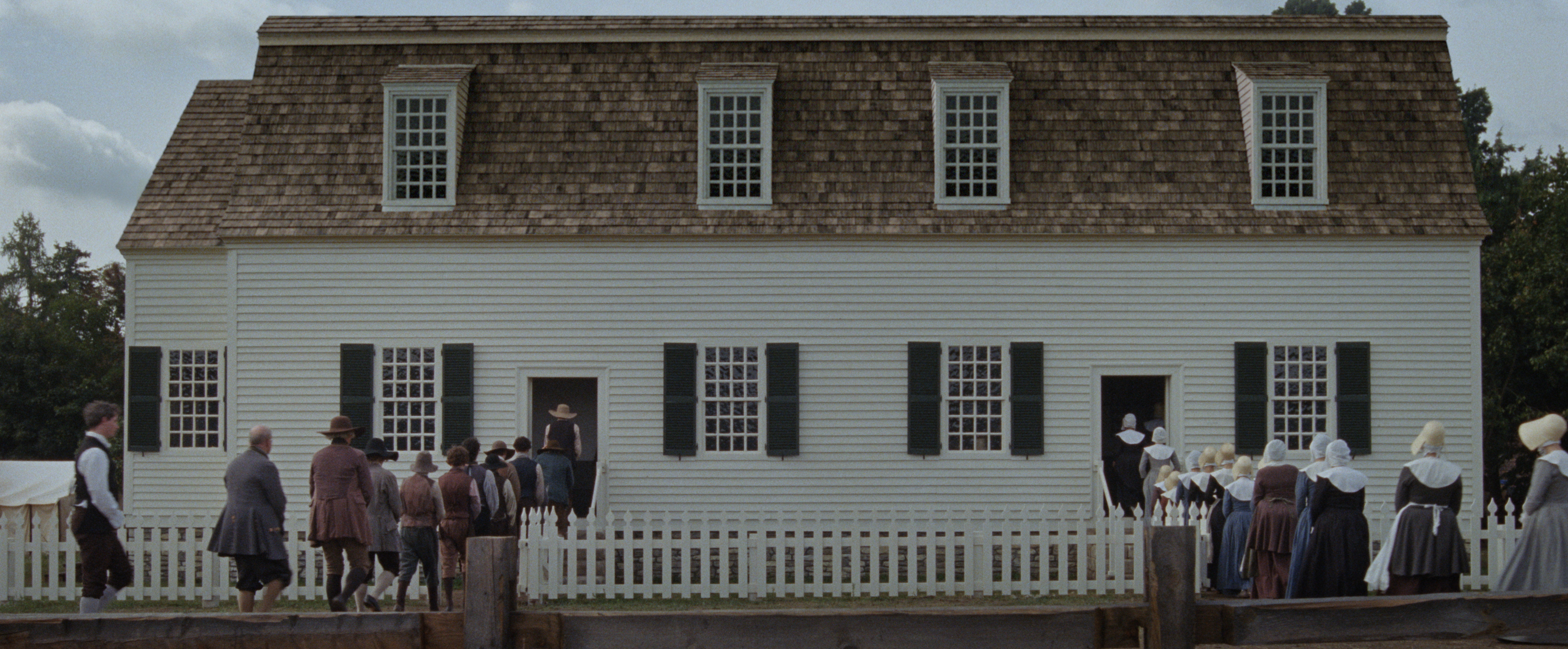 The Testament of Ann Lee brings the Shaker aesthetic to the big screen
The Testament of Ann Lee brings the Shaker aesthetic to the big screenDirected by Mona Fastvold and featuring Amanda Seyfried, The Testament of Ann Lee is a visual deep dive into Shaker culture
-
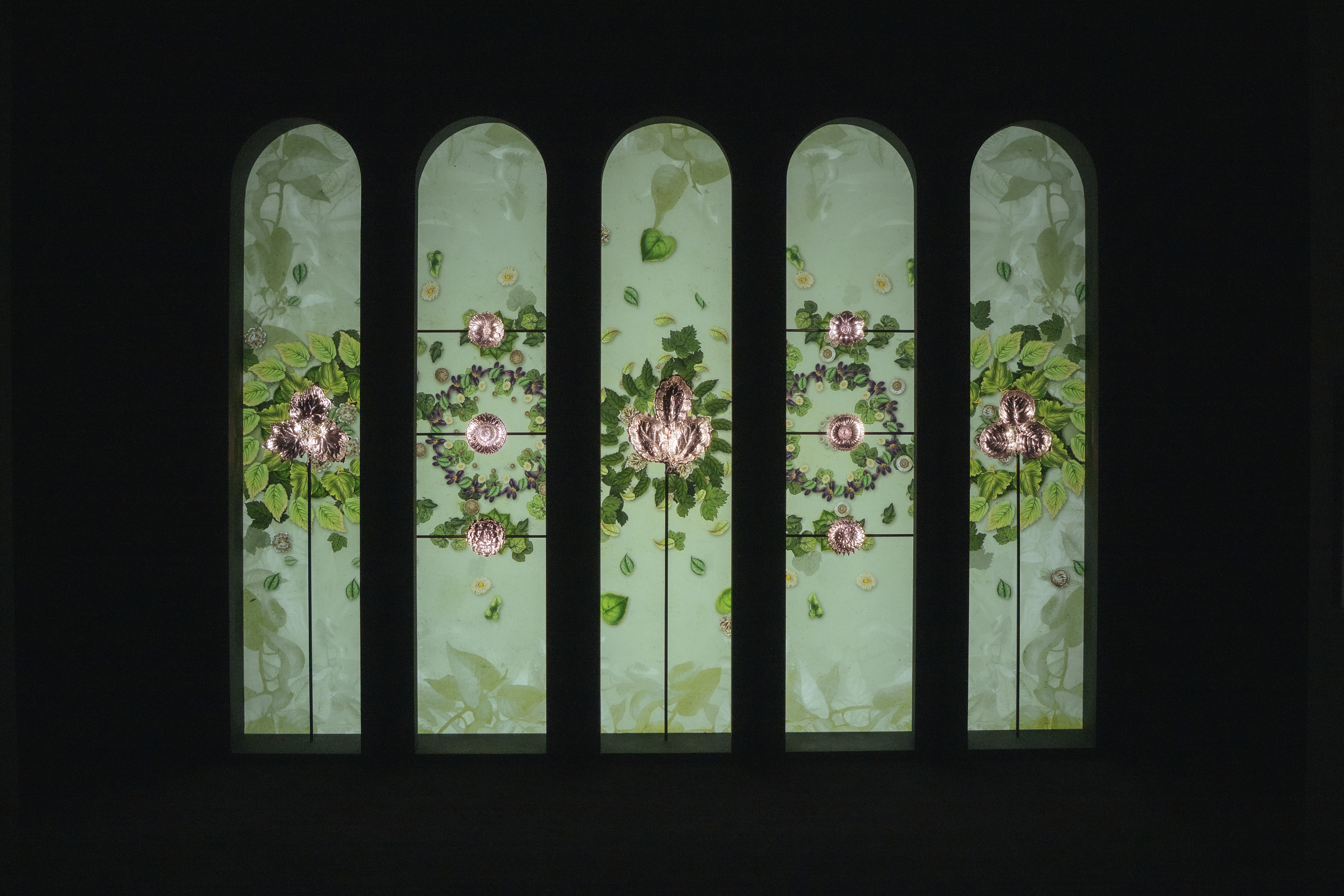 Dive into Buccellati's rich artistic heritage in Shanghai
Dive into Buccellati's rich artistic heritage in Shanghai'The Prince of Goldsmiths: Buccellati Rediscovering the Classics' exhibition takes visitors on an immersive journey through a fascinating history
-
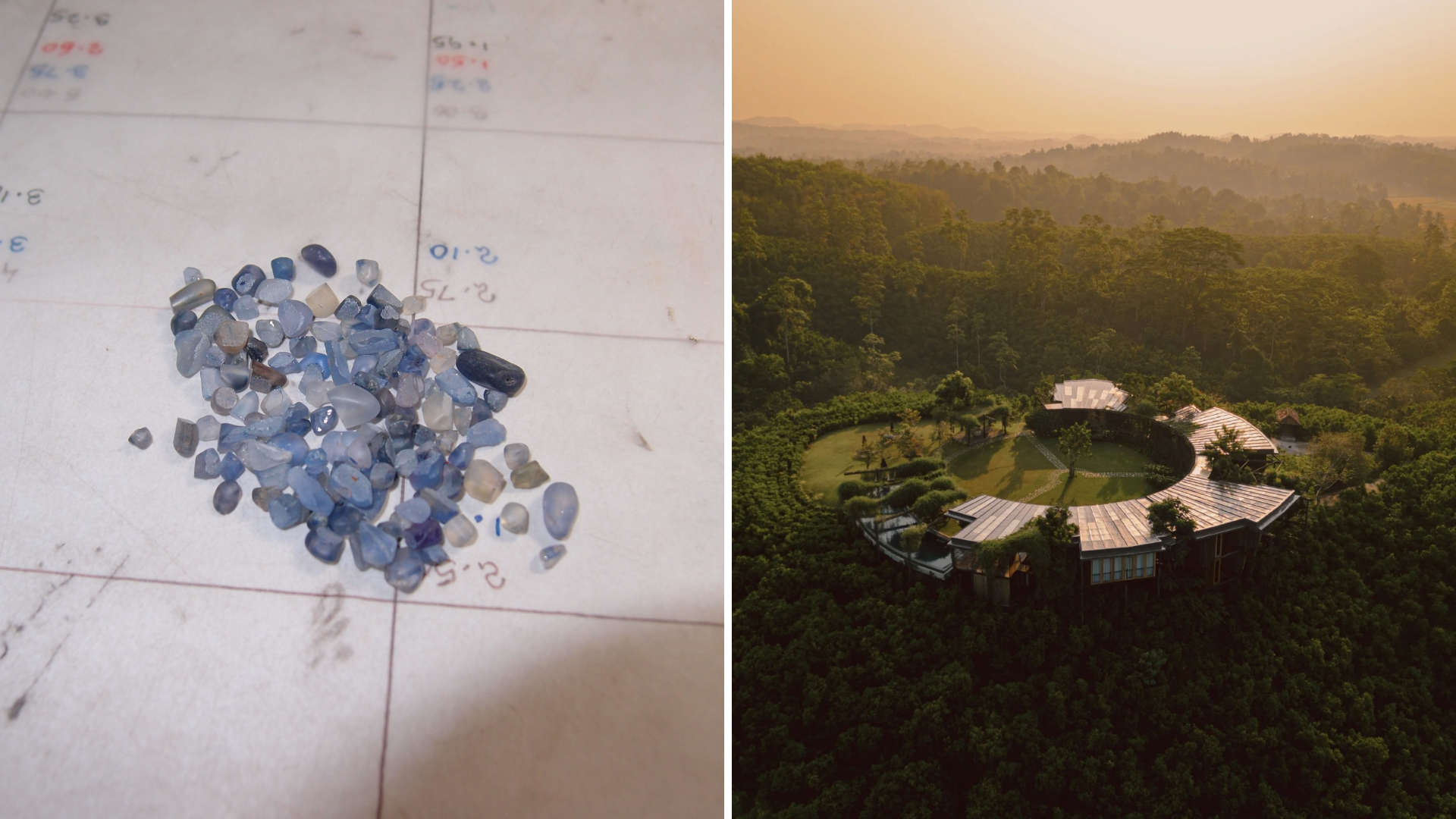 Love jewellery? Now you can book a holiday to source rare gemstones
Love jewellery? Now you can book a holiday to source rare gemstonesHardy & Diamond, Gemstone Journeys debuts in Sri Lanka in April 2026, granting travellers access to the island’s artisanal gemstone mines, as well as the opportunity to source their perfect stone
-
 White Cube at Arley Hall: contemporary sculpture meets the English country house garden
White Cube at Arley Hall: contemporary sculpture meets the English country house gardenWhite Cube’s first outdoor sculpture exhibition puts the work of 12 modern and contemporary artists, including Tracey Emin, Antony Gormley and Danh Vo, on view in the grounds of Cheshire’s Arley Hall
-
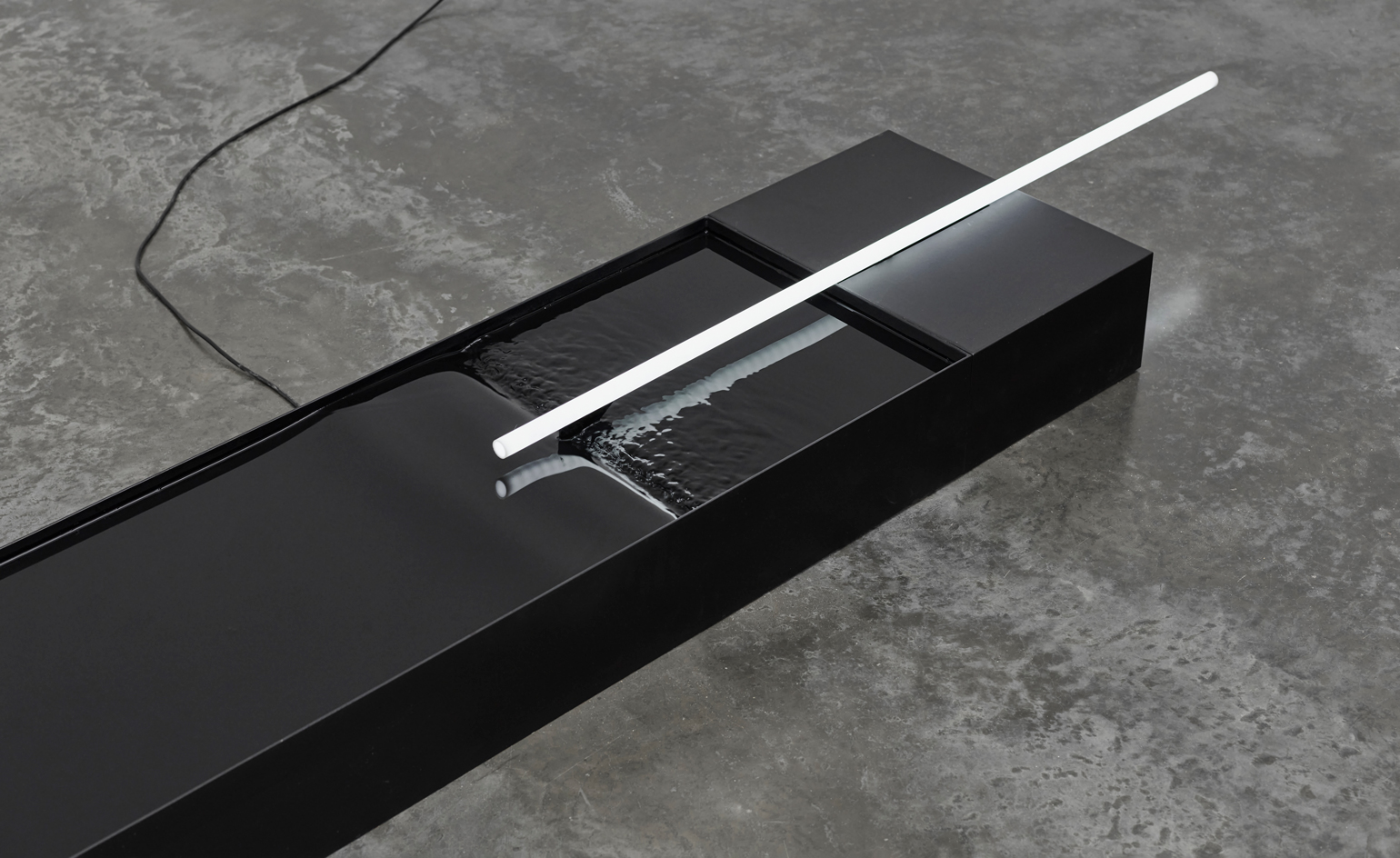 Wang Gongxin at White Cube: hidden cameras, eerie minimalism and grey matter
Wang Gongxin at White Cube: hidden cameras, eerie minimalism and grey matterWang Gongxin’s show at White Cube Mason’s Yard explores cultural polarities and in-between states through 13 captivating new multimedia works
-
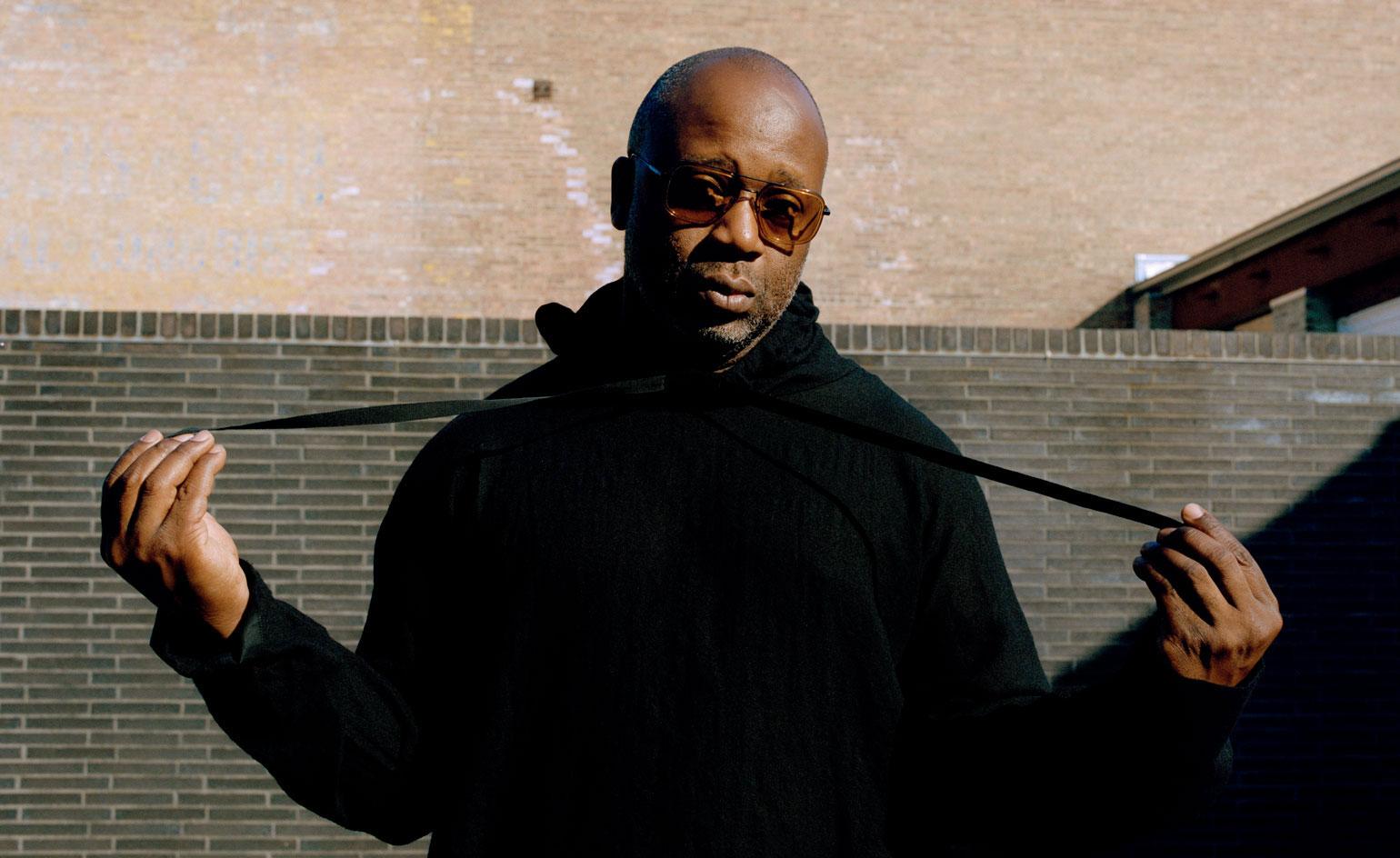 Theaster Gates: London, urban reform and exemplars of Black excellence
Theaster Gates: London, urban reform and exemplars of Black excellenceThe American artist and urban planner returns to London for a cultural takeover on a grand scale, and – as one of five visionaries invited to nominate creative leaders of the future for ‘5x5’, Wallpaper’s 25th anniversary project – picks five exemplars of Black excellence leading the way for social and creative change
-
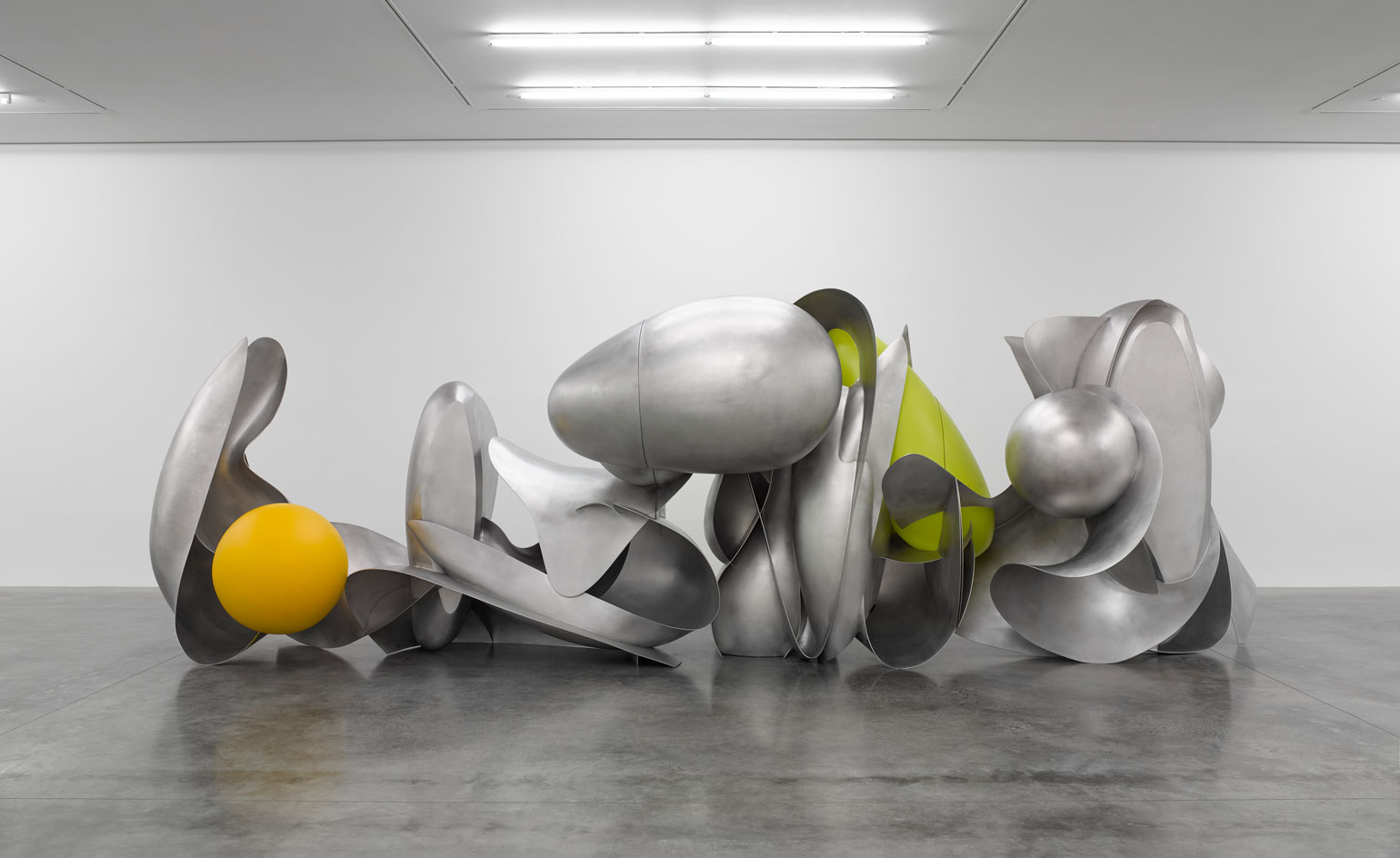 Architectural futurism and urban ‘nudity’: Liu Wei at White Cube
Architectural futurism and urban ‘nudity’: Liu Wei at White CubeWhat is urban space without bodies? Chinese artist Liu Wei describes his eerie exploration of deserted cityscapes at White Cube Bermondsey
-
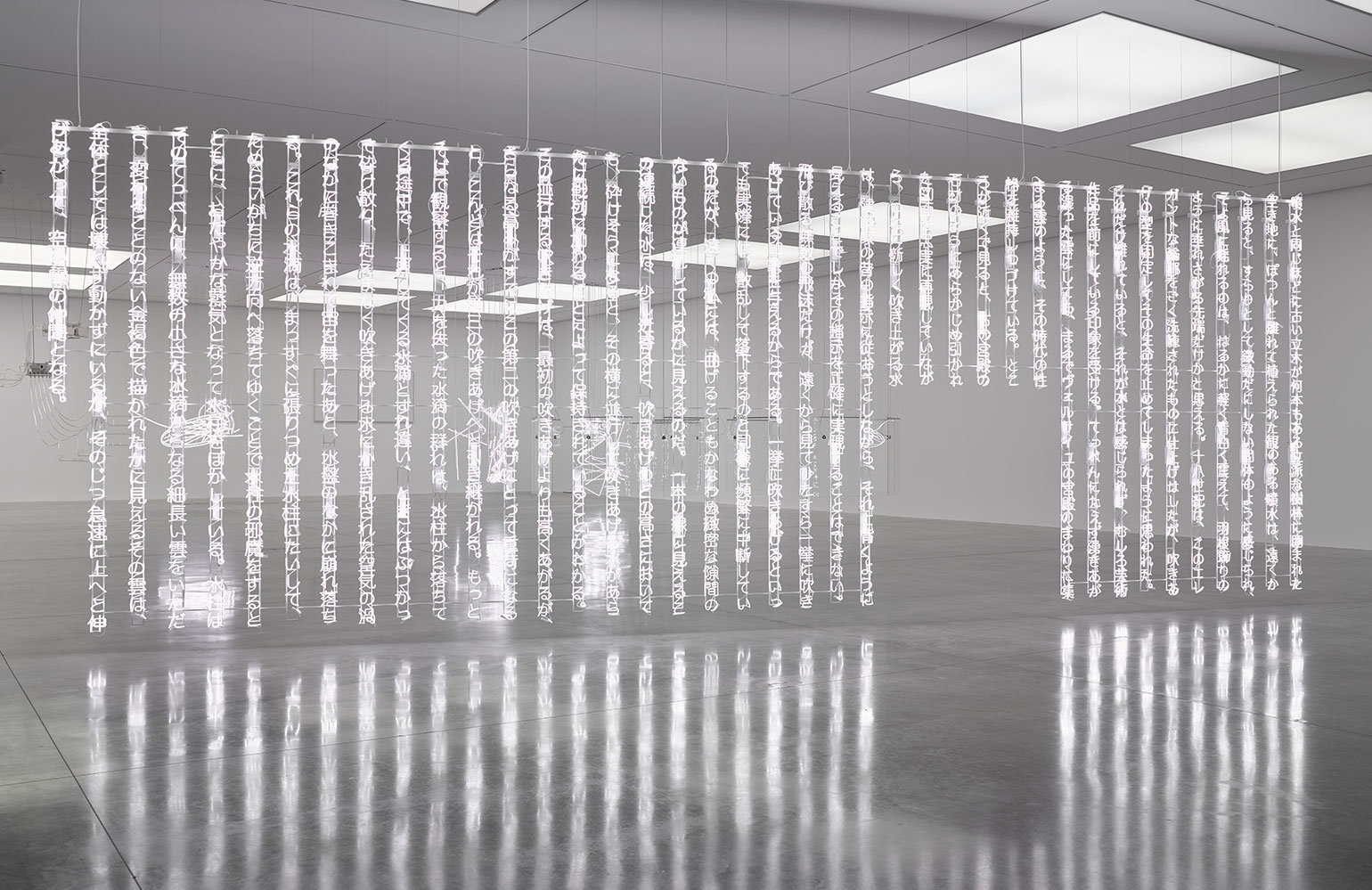 Cerith Wyn Evans puts the concept of mechanism through its paces in White Cube show
Cerith Wyn Evans puts the concept of mechanism through its paces in White Cube showThe Welsh artist’s latest exhibition is a captivating continuation of his exploration of transcendence, translation and temporality
-
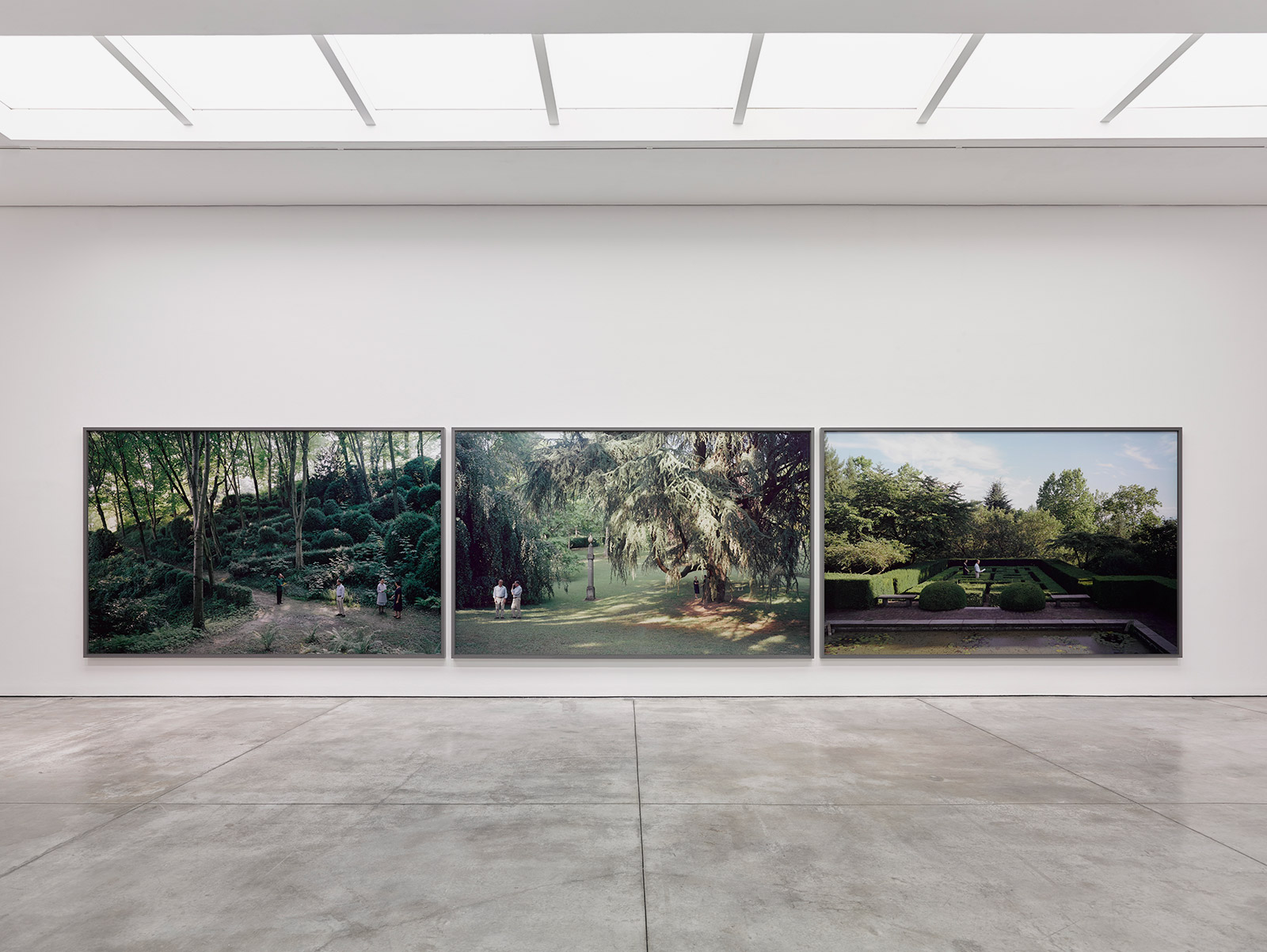 Jeff Wall’s monumental photographs loom large at White Cube
Jeff Wall’s monumental photographs loom large at White CubeRenowned for his meticulously composed tableaux, the Canadian artist strikes out in a new direction at the London gallery
-
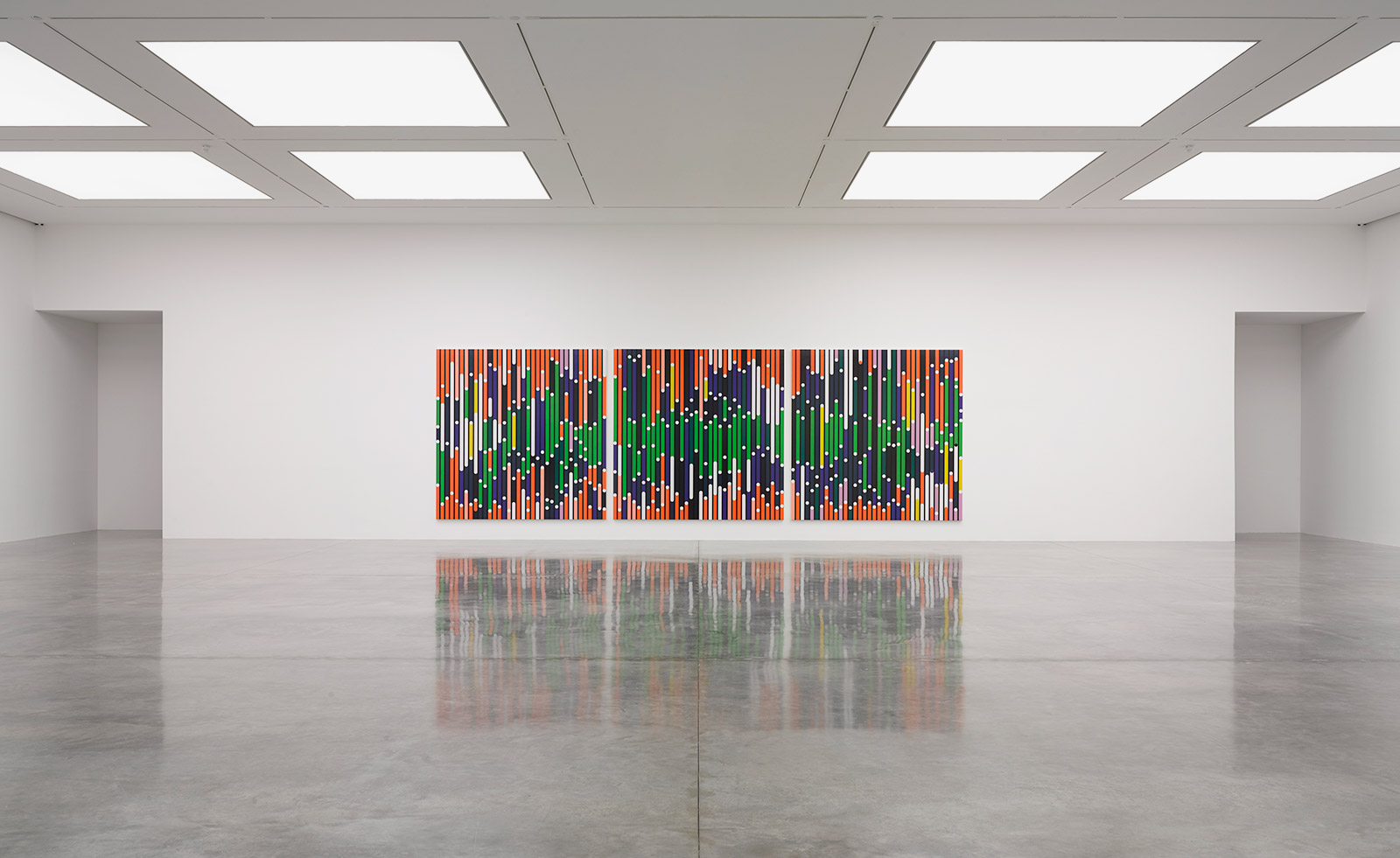 Sarah Morris cuts through the noise at White Cube
Sarah Morris cuts through the noise at White CubeIt’s a homecoming of sorts for the Kent-born, New York-based artist, who debuts new paintings and her first ever sculptural work at the gallery’s Bermondsey space
-
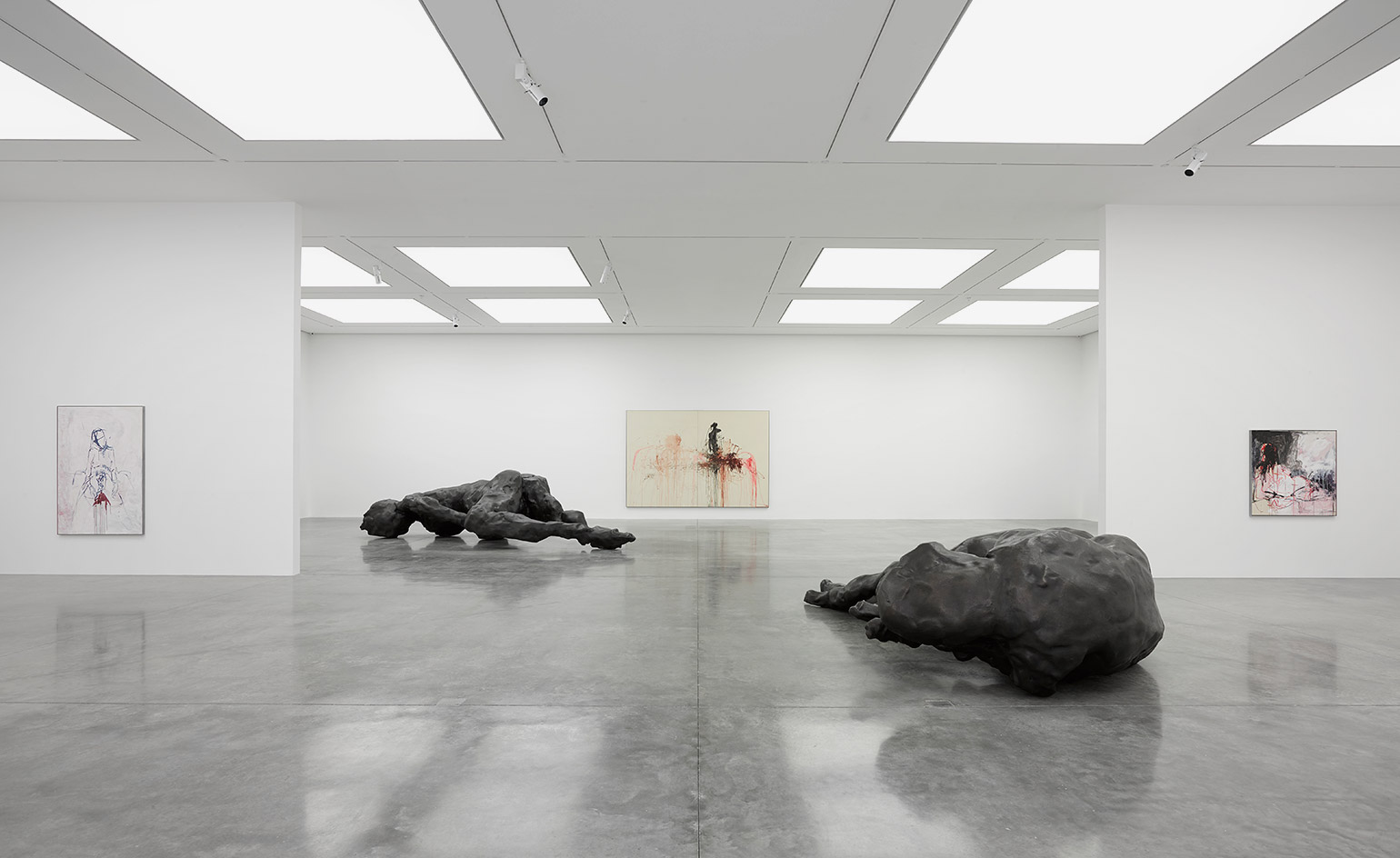 Tracey Emin lays bare her own traumas in piercing new show
Tracey Emin lays bare her own traumas in piercing new showThe British artist is as deeply personal as ever in her first London exhibition in five years, reflecting on loss, mourning, insomnia and spiritual love at White Cube Bermondsey